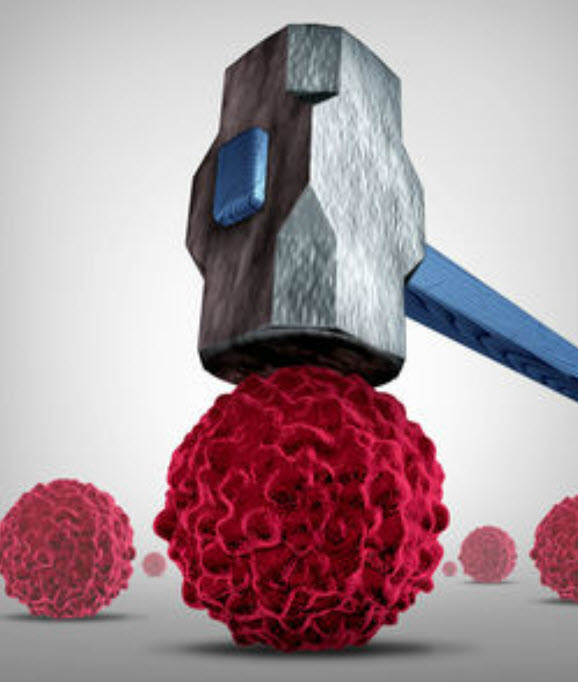
Cell Volume, Cell Membrane Potential, and its Relationship with Cancer Proliferation
Throughout the history of cancer research, in both the conventional and alternative cancer research realms, there has been a cause and effect relationship that has been largely ignored. The ability of a cell to divide, whether it be a malignant or non-malignant cell, is dependent on cell volume, as well as membrane potential. As you will learn, there is also a relationship between cell volume and membrane potential.
Cells that are cycling (dividing), progress through the following phases: G1 (Gap 1) – this is the phase where the cell is preparing for the next phase, which is the S phase, or DNA Synthesis phase. Once DNA synthesis is complete, the cell enters the G2 phase (G 2), where it prepares to enter the final phase, called the M phase, or mitosis. During mitosis, the cell divides into 2 cells. The cell volume is at its smallest at G1, and gradually increases its volume until it reaches its largest volume in the M phase. This should be intuitive, because the cell must become large enough to divide and then support two cells.
Throughout the cell cycle, the cell is constantly monitoring the volume. If the cell does not reach the desired volumes, the cell will be unable to progress to the next phase. There is a G1/S transition “checkpoint,” which commonly causes the cell to arrest at this intermediate stage, if adequate volume is not reached. When a cell is arrested due to inadequate volume, there are two possible ensuing events: either the cell will leave the cycle and enter G0, and become a dormant, non-cycling cell, or the cell will be recognized as non-viable, and undergo mitochondrial-induced programmed cell death (apoptosis).
Interestingly, cell volume correlates with cell membrane electrical potential. Cells that are rapidly dividing are in the “depolarized” state; meaning they have less negatively charged particles in the intra-cellular space relative to the extra-cellular space. Cells that are not able to divide are “hyperpolarized;” meaning they have much greater amounts of negatively charged particles in the intra-cellular space relative to the extra-cellular space. Bottom line: Rapidly dividing cells have large volume and are depolarized, while non-dividing cells have small volume and are hyperpolarized.
How Can We Mechanically Slow Cancer cell Proliferation?
Hyperpolarizing cells would stop proliferation, but it would be difficult logistically to preferentially hyperpolarize cancer cells. The data, however, clearly supports that cell swelling promotes cellular proliferation, while cell shrinkage, inhibits cellular proliferation. So… how can we shrink cancer cells?
First we need to understand how cancer cells swell.
How Can We Osmotically Shrink Cancer Cells?
If we keep albumin and sodium levels high enough in the bloodstream, the oncotic/osmotic pressures will be elevated enough to keep water and sodium from escaping. It has been demonstrated both in-vitro and in-vivo, that exposing cells (malignant and non-malignant) to a hypertonic medium (high osmotic pressure medium) stops cell division. Patients with cancer can be treated with regular infusions of albumin, and sodium as needed, to keep intra-vascular oncotic/osmotic pressures at the critical level, to prevent cancer cell proliferation.
healthyliving April 4th, 2017
Posted In: cancer care
Tags: albumin, cancer care, shrink cancer cells